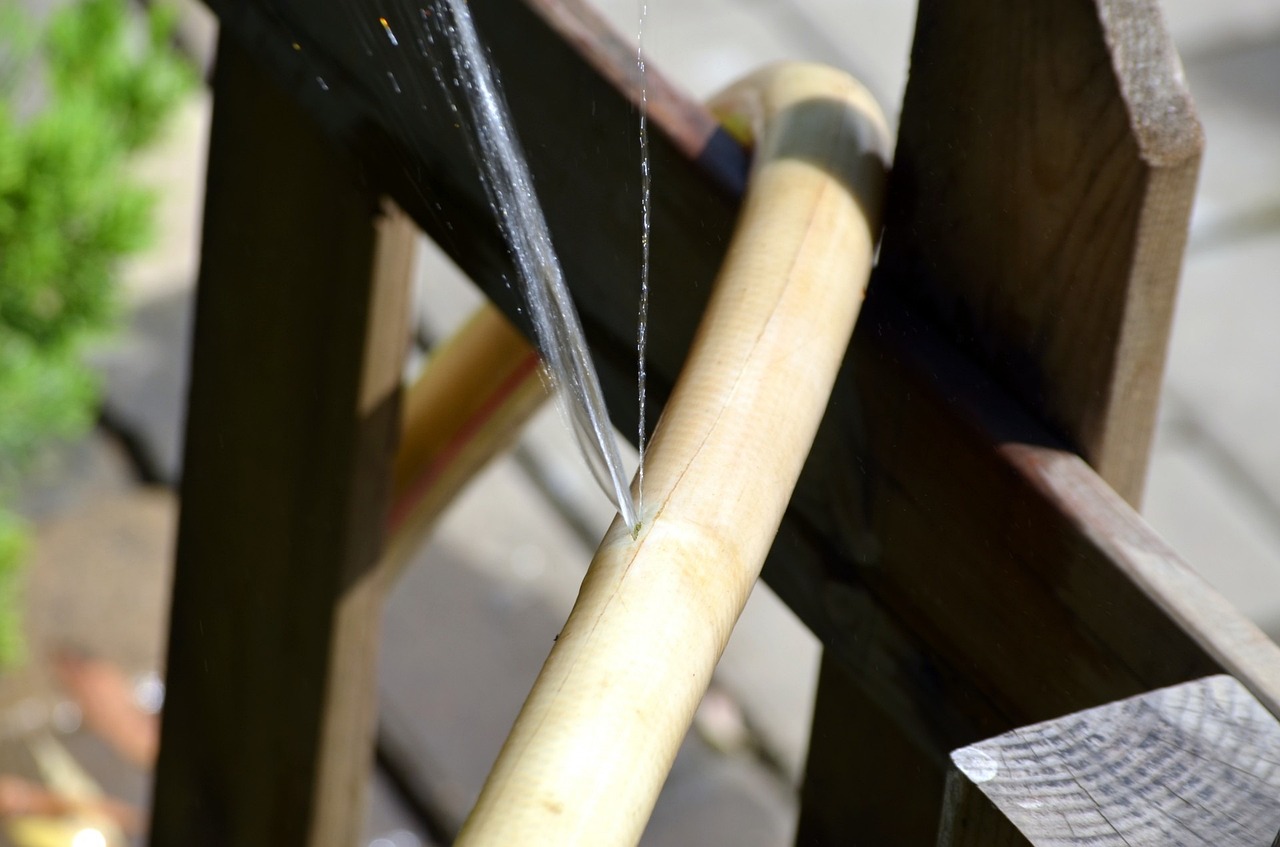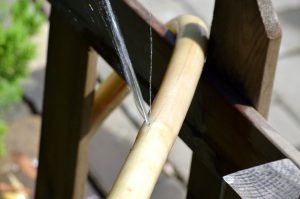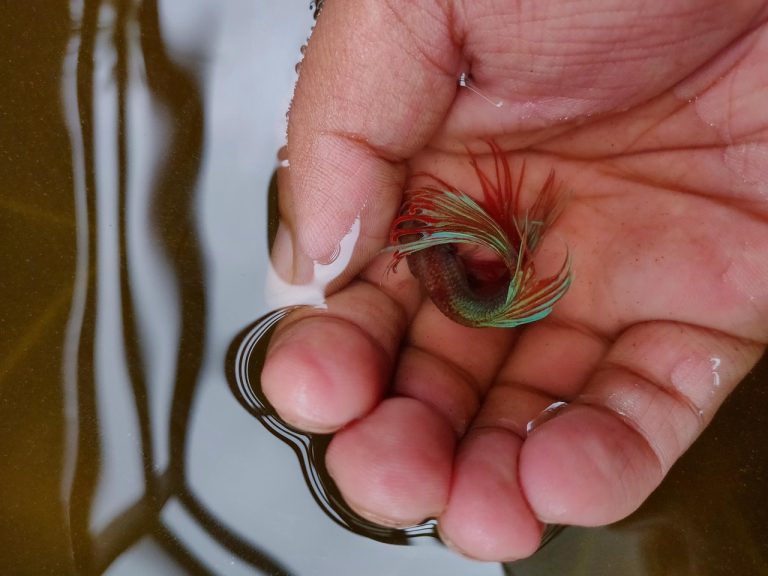HOW TO FIX A LEAKY HOSE (5 Useful Techniques)
When dealing with the pesky issue of a leaky hose, swift and effective action is crucial to prevent water wastage and potential damage. In this comprehensive guide, we, as experts in the field, will walk you through the best methods to fix a leaky hose, ensuring your garden stays green, and your water bill stays in check.
HOW TO FIX A LEAKY HOSE?
Repairing a leaky hose is a breeze with these steps: Use waterproof tape for small leaks and a hose mender for larger ones. Regular inspections and eco-friendly alternatives enhance longevity and sustainability.
IDENTIFYING THE LEAK
Detecting a leak is the first step to resolving the issue. Begin by thoroughly inspecting the hose for any visible cracks, holes, or punctures. Run your hands along the length of the hose, feeling for abnormalities, and keep an eye out for water spurts when the hose is turned on. Pinpointing the location of the leak is crucial for targeted repair.
PATCHING SMALL HOLES WITH TAPE
MATERIALS NEEDED
- Waterproof tape
- Scissors
Small punctures are often easily fixable with waterproof tape. Cut a piece of tape and wrap it tightly around the leak, ensuring complete coverage. This quick fix is temporary but can buy you time until a more permanent solution is implemented.
UTILIZING HOSE MENDERS FOR LARGER LEAKS
MATERIALS NEEDED
- Hose mender
- Screwdriver
For larger leaks or splits in the hose, a hose mender is your go-to solution. Begin by cutting out the damaged section using a sharp pair of scissors or a utility knife. Insert the hose mender into the newly created gap, securing it in place with a screwdriver. This method ensures a robust, lasting repair.
PREVENTATIVE MEASURES: HOSE MAINTENANCE TIPS
REGULAR INSPECTION
To avoid future leaks, make regular inspections of your hose part of your garden maintenance routine. Look for signs of wear and tear, and replace any damaged sections promptly.
PROPER STORAGE
Store your hose properly to prevent unnecessary stress on the material. Coil it neatly and avoid leaving it exposed to harsh weather conditions, which can accelerate wear.
WINTER PRECAUTIONS
Before winter sets in, ensure your hose is completely drained and stored indoors. This prevents freezing and potential damage, extending the lifespan of your hose.
ENVIRONMENTALLY FRIENDLY ALTERNATIVES
As environmentally conscious individuals, we recognize the importance of sustainable practices. Consider replacing traditional hoses with eco-friendly alternatives made from recycled materials. These hoses not only contribute to a greener planet but also boast durability and resistance to leaks.
Frequently Asked Questions (FAQ) about “How To Fix A Leaky Hose”
What are the common causes of a leaky hose?
Common causes include wear and tear, exposure to extreme weather conditions, and accidental damage. Identifying the root cause is crucial for effective repair.
Can I use regular tape to fix a leak in my hose?
Yes, for small punctures, waterproof tape can provide a temporary solution. However, it’s recommended to use specialized hose repair methods for a more lasting fix.
How do I find the exact location of the leak in my hose?
Run your hands along the hose, feeling for abnormalities, and visually inspect for visible cracks or holes. Turn on the water and look for water spurts, helping you pinpoint the leak.
Are hose menders easy to use for repairing larger leaks?
Yes, hose menders are designed for ease of use. Simply cut out the damaged section, insert the mender, and secure it in place with a screwdriver for a robust repair.
What preventative measures can I take to avoid hose leaks?
Regularly inspect your hose for wear, store it properly by coiling it neatly, and take precautions during winter by draining and storing it indoors. These measures help extend the lifespan of your hose.
Are there eco-friendly alternatives to traditional hoses?
Yes, there are environmentally friendly hoses made from recycled materials. These alternatives not only contribute to sustainability but also offer durability and resistance to leaks.
How often should I inspect my hose for potential leaks?
It’s advisable to inspect your hose at least once a month, especially during seasons of heavy use. Early detection of issues allows for timely repairs, preventing further damage.
Can I repair a hose that has multiple leaks?
Repairing a hose with multiple leaks may be challenging. In such cases, it’s often more cost-effective and efficient to replace the hose entirely for a reliable, long-term solution.
CONCLUSION
Addressing a leaky hose promptly is key to maintaining a healthy garden and conserving water. Whether you opt for a quick tape fix, employ a hose mender for larger leaks, or invest in an environmentally friendly alternative, taking action now will save you time and resources in the long run.








